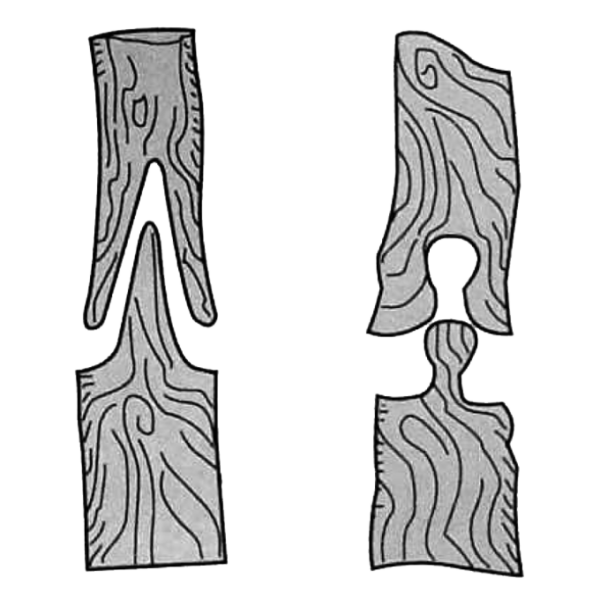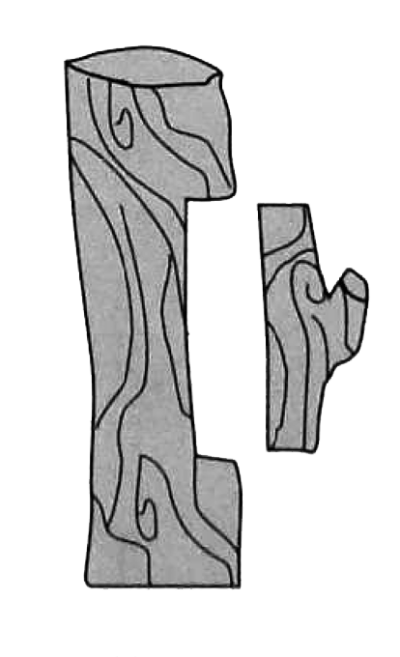Grafting is used to provide more fruit varieties, a longer growing season and more effective pollination by providing a means of propagating plants that do not come true from seed or do not root easily from cuttings. It is used to adapt plants to unfavorable soil or climatic conditions, to repair damaged trees, to control and prevent pests, to modify the growth of plants like with dwarf fruit trees, and even to change the entire top of a fruit bearing tree to another variety (a common practice in orchards, known as topworking. Grafting is a versatile, fascinating technique that is often referred to as “assisting” nature. If you’re like us – enthusiastic gardeners with very little hands-on experience in the ancient arts of grafting fruit trees and ornamental plants – you will be intrigued to learn more and try your own hand at grafting. For demonstration purposes, we will be referring to the Garrett Wade Set of Professional Grafting Tools. However, most of the information here is general to the grafting practice.
To learn about maintaining our grafting tools, you can refer to the maintenance guide. Click here to find tables on grafting times for plants and propagation times for plant buds.





